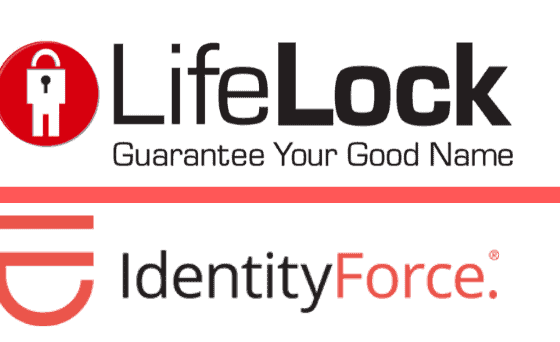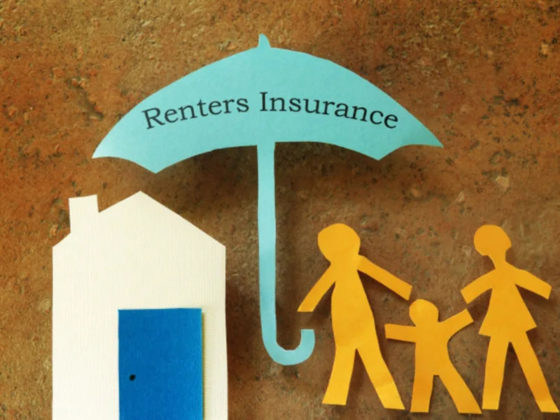One thing that some people don’t realize is that they don’t have just one credit score, they have several. There is currently more than 100 credit-scoring models being marketed to lenders, the most common being the FICO, which is designed to predict whether a borrower will default. New information is always being added to your report and old information is being deleted. These constant changes can affect your score.
These credit-scoring programs do the following:
Detect fraud in credit or insurance applications
Calculate the amount of profit a credit card issuer is likely to make on a particular amount
Predict the risk of a default by the consumer
Forecast the probability that a policyholder will cost an insurer money
Estimate how much the borrower is likely to pay on any delinquent account
Anticipate which customers might close a credit card account or pay the balance to zero
Predict the likelihood that someone will respond to a direct-mail credit card solicitation
Lenders are most likely to base their decisions off of the FICO score or its cousin, the NextGen score, than any other type of credit score. FICO is the industry leader and is used in about 75 percent of mortgage-lending assessments.
With this in mind, if you have a bad score, you don’t have to be stuck with it. On the flip side, if you have a good score, you need to make sure you maintain and monitor it.
The Most Important Factors
Your Payment History – This makes up about 35 percent of your score. This is because it is a record of you paying your bills and it shows how responsible you are. Lenders use this to see if you have a history of paying on time or if you’ve had late payments. If you do have a late payment on your record, three factors come into play; 1)Recency – How recent you have had a late payment. The more time that has passed since the problem, the less it impacts a score. 2) Frequency – A person who only has a couple late payments is more acceptable than someone who has several. 3) Severity – A payment that is only 30 days late is considered as serious as one that is 60+ days overdue.
How Much You Owe – This constitutes to about 30 percent of your score. It takes into account the total amount owed on all your accounts as well as how much you how on each type of credit accounts (credit card, auto loan, mortgages, etc.) Using a higher percentage of your credit limit will make lenders hesitate and could hurt your score. People who max out their credit cards are much more likely to default than those who don’t. The bigger the gap between your balance and your limit, the better. Lenders report your balances to the credit bureaus usually once a month (sometimes only every other month or quarterly). If you paid off your balance the day after they reported it, it will still show on your report until the next time they report the up to date balances, so be careful how much you charge and how much of a balance you carry month to month. Lastly, the score also looks at how much you have left on installment loans compared to what was originally borrowed.
How Long You’ve Had Credit – This makes up about 15 percent of your score. Even though it may be less than the other previous factors, it is still important. You can have a decent credit score with a short credit history, but the longer you’ve had it, the better. Your score takes into account both the age of your oldest account and the average age of all your accounts.
Your Last Application For Credit – This is about 10 percent of your score. Opening new accounts can drop your score some, especially if you have applied for multiple credit accounts in a short time and your history isn’t very long. You may have heard that "shopping around" for credit might hurt your score, but the FICO score takes into account that people tend to do that for mortgages and auto financing. Pulling your own credit report and score shouldn’t affect your score. As long as you are doing it yourself, it shouldn’t count against you.
The Types Of Credit You Use – The final 10 percent of your score. The FICO scoring system likes to see a variety of types of credit. This doesn’t mean you need a loan of each possible type to have a good score, so don’t apply for credit thinking you need it to try to boost your score, since that could come back to haunt you. To get high scores, you need to have both revolving lines of credit (i.e. credit cards) and installment loans (i.e. auto loans and mortgages). Credit cards through a bank are usually better for your credit score than department store or other "finance company" cards. Installment loans are good because lenders will usually require more documentation about your financial history before granting the loan.





